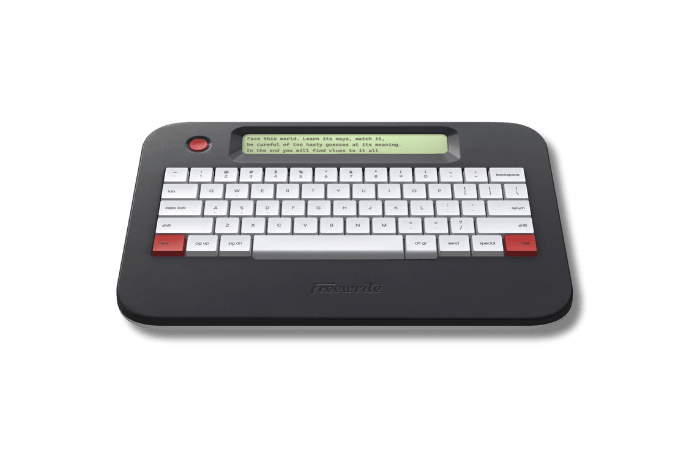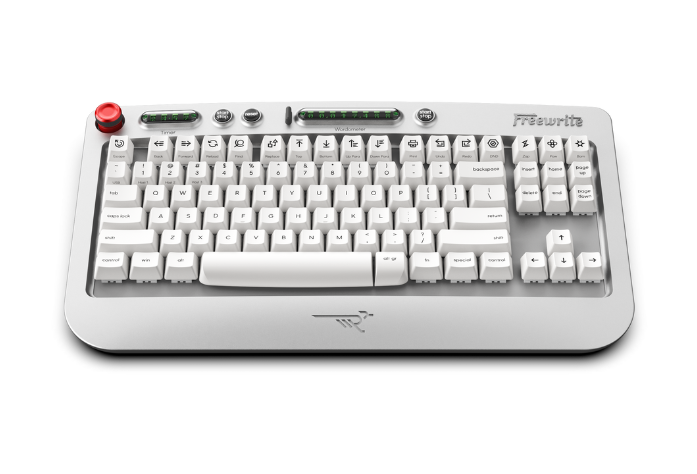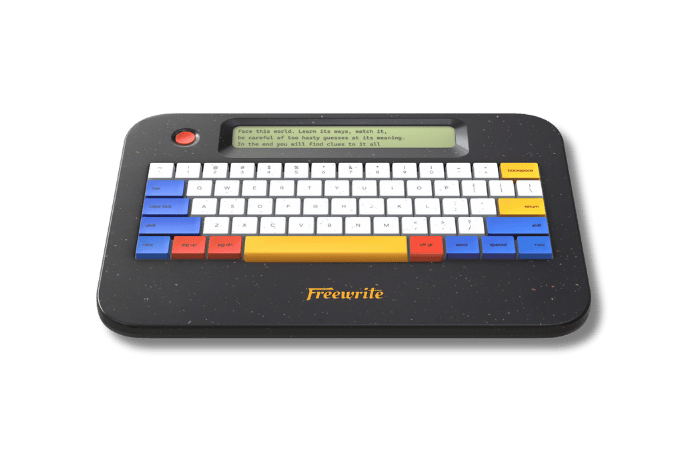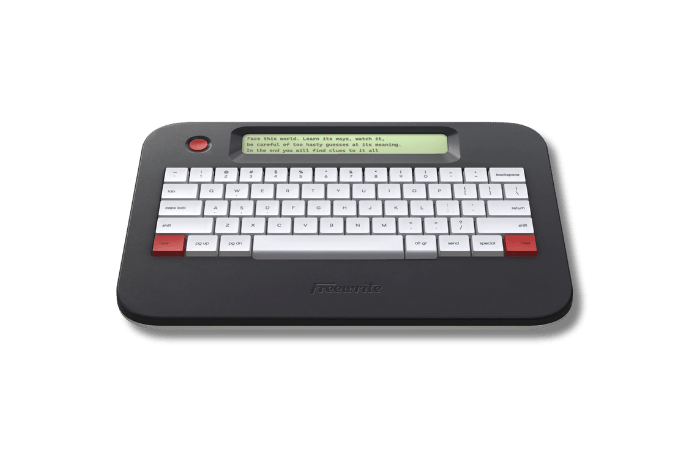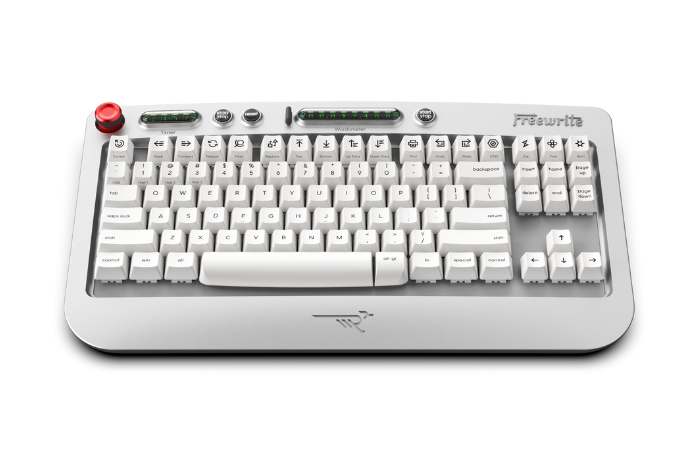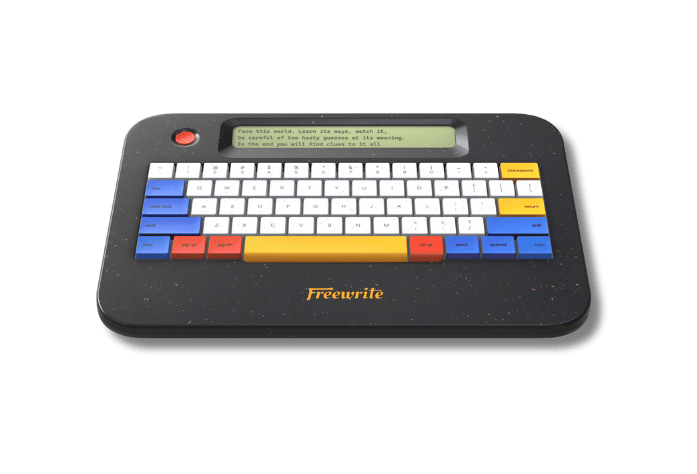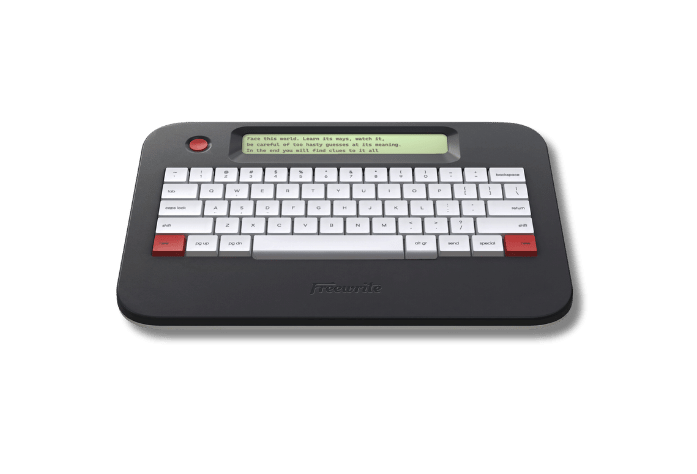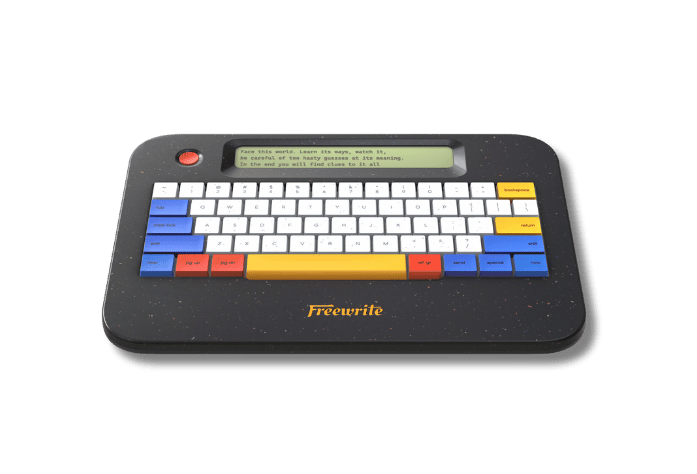Helping kids learn how to write essays might seem tough at first, but it doesn't have to be. With a few simple steps and some practice, kids can build strong writing skills and even start to enjoy the process. Whether it's for school or just for fun, essay writing can be a great way for kids to share their thoughts and learn to organize ideas. Let's break it down in a way that really works.
Why Essay Writing Matters More Than Ever
Strong writing skills help kids succeed in school and beyond. Essay writing teaches them to organize thoughts, explain ideas, and express themselves clearly. Here's why it's so important:
-
It shows real understanding: Writing reveals what a child truly knows. If they can explain it in their own words, they understand it.
-
It builds critical thinking: Essays teach kids to connect facts, explain reasons, and support their points. This sharpens their thinking in all subjects.
-
It boosts reading skills: Reading and writing go hand in hand. Writing helps kids notice how language works, while reading gives them models to learn from.
-
It prepares them for the future: From school tests to job applications, strong writing matters. Learning to write essays now sets kids up for long-term success.
Laying the Groundwork: Brainstorming, Outlining, and Getting Started
The toughest part of writing for most kids? Getting started. To avoid stress, it helps to break the process into simple steps.
Start with Idea Building
Before writing, kids need time to think. Help them gather their thoughts in a low-pressure way:
-
Mind maps: Put the topic in the center and add related ideas in bubbles.
-
Lists: Write down anything that comes to mind without worrying about order.
-
Voice notes: Let them talk through their thoughts, then write down key ideas together.
Asking questions like “What do you already know about this?” or “Why does this matter to you?” can help kids find their angle.
Show How to Make a Simple Outline
Once the ideas are flowing, it’s time to shape them into a plan. Teach kids this basic outline structure:
-
Intro: Hook + main idea (thesis)
-
Body paragraph 1: First point + example
-
Body paragraph 2: Second point + example
-
Body paragraph 3: Third point + example
-
Conclusion: Restate the main idea + wrap it up
Using index cards or color-coded notes can help visual learners see how their points connect.
Turning Plans into Paragraphs: Drafting, Revising, and Editing
Writing a full essay can feel overwhelming, but it’s much easier when kids know it’s okay to take it one step at a time.
Encourage Free Drafting
Help your child understand that the first draft isn’t about perfection. It’s about getting the ideas down.
-
Use sentence starters like “One reason is...” or “For example…” to help them get going.
-
Set short writing sprints, like 10-minute blocks, so they stay focused without feeling tired.
-
Allow typing if that helps. Many kids write faster and more clearly on a keyboard.
Teach the Revision Process
Revising isn’t just fixing typos - it’s where the real thinking happens.
Try a two-pass approach:
-
Content first: Does each paragraph support the main idea? Does the essay flow in a logical order?
-
Fix the surface: Check for grammar, punctuation, and spelling issues.
Let your child read their essay out loud to spot awkward phrases or missing words. That step alone improves writing instantly.
Get Feedback the Right Way
Peer or parent feedback works best when it’s encouraging and focused.
Use this simple method:
-
Say two things that are working well.
-
Suggest one way to improve.
This keeps the experience positive and helps kids stay open to learning.
Keeping Kids Motivated: Tools, Habits, and Real-World Purpose
Consistency and encouragement are key to long-term progress. Writing is a skill that builds over time, and like anything else, the more kids practice, the more confident they become. But progress only happens when kids feel supported, not judged. Keep the pressure low and the feedback positive. Show them that mistakes are part of learning, not something to be afraid of.
Make Writing Part of Life
Kids are much more likely to enjoy writing when it feels like a natural part of their day, not just something they do for school. When writing is linked to real-life situations and personal interests, it becomes meaningful.
Try small, everyday activities like:
-
Writing notes or lists: Let them write the grocery list, a to-do note, or a message for a family member.
-
Sending letters or emails: Encourage them to write to grandparents, friends, or even pen pals. It gives their writing a purpose and an audience.
-
Starting a journal or diary: Let them pick a cool notebook or use a digital app. Give fun prompts like "What made you laugh today?" or "If I could fly anywhere..."
-
Creating stories or comics: Kids who love drawing or storytelling might enjoy making their own mini-books or comic strips. It doesn’t have to be perfect - just fun.
Even something as simple as labeling a photo album or making up captions for a pet’s pictures can turn into a great writing opportunity.
Use the Right Tools
Writing doesn’t have to mean pencil and paper every time. For many kids, especially those with learning difficulties or fine motor struggles, technology can make a huge difference. It can turn frustration into focus.
-
Typing programs: Learning to type gives kids a smoother, faster way to get their ideas out. Once they don’t have to think about letter formation, they can focus more on their thoughts and structure.
-
Spell-check and grammar tools: These aren’t shortcuts. They’re learning aids that help kids spot common mistakes and make better choices. When kids review the suggestions and learn from them, their independent writing improves too.
-
Online documents: Writing in tools like Google Docs allows kids to revise easily and get instant feedback from parents or teachers. They can move paragraphs, fix words, and collaborate without starting over.
Just make sure kids understand that these tools are helpers, not crutches. The goal is to support their learning, not replace it. Encourage them to think critically about suggestions and to always review their work with fresh eyes.
Go Distraction-Free With Freewrite
While most tech tools can support writing, they can also open the door to distractions. That’s exactly why we createdFreewrite - to give writers of all ages, including kids and teens, a truly focused space to write. Freewrite devices strip away notifications, internet tabs, and endless apps, leaving only a blank screen and a satisfying keyboard. It's a tool that helps writers stay locked into their thoughts without getting pulled into everything else.
As creators of Freewrite, we believe in the power of deep, uninterrupted writing time. Whether your child is working on a school essay, a story, or even just building a journaling habit, Freewrite devices make that process feel easier and more natural. With nothing else to click, swipe, or check, kids can focus entirely on shaping their ideas and building confidence. The words flow faster, and the stress fades away. If your goal is focused, distraction-free writing, we built Freewrite for exactly that.
Alpha Cosmic Edition
Alpha Cosmic Edition is a lightweight drafting device that keeps you writing in any setting. Its warm backlight lets you work day or night, while the terrazzo-speckled design and felt sleeve make it feel special every time you pick it up. With 100-hour battery life, automatic cloud syncing, and room for up to one million words, Cosmic gives you a focused space to capture ideas without notifications or pop-ups.
Main Advantages
-
Built-in backlight with five brightness levels for comfortable writing anywhere
-
Ultra-portable at under 2 lbs with a custom felt sleeve for safe carrying
-
100-hour battery and automatic cloud backups for worry-free sessions
-
Distraction-free drafting window that blocks spell-check, copy-paste, and other detours
Traveler
Traveler is the go-anywhere writing companion built for writers who love to roam. Half the size of a laptop and only 1.6 lbs, it slips into any bag yet offers a scissor-switch keyboard and a glare-free E Ink screen. By separating drafting from editing, Traveler keeps you in writing flow, then syncs your work to the cloud when you reconnect.
Main Advantages
-
Featherweight design and compact footprint for true portable writing
-
Eye-friendly E Ink display that stays clear even in direct sunlight
-
Automatic cloud syncing plus local saves so drafts are always protected
-
Long-lasting battery that runs for weeks on a single charge
Hemingwrite Signature Edition
TheHemingwrite Signature Edition blends classic style with modern focus. Housed in hand-polished raw aluminum and engraved with Ernest Hemingway’s signature, this Smart Typewriter offers a tiered mechanical keyboard and E Ink screen for distraction-free drafting. A custom leather attaché case comes included, making it both a collector’s piece and a serious writing tool.
Main Advantages
-
Premium aluminum chassis that develops a unique patina over time
-
E Ink display and mechanical keys for comfortable, glare-free typing
-
Official collaboration with the Hemingway estate, complete with signature and leather case
-
Automatic cloud backups and long battery life so you can write anywhere without worry
Create a Writing-Friendly Environment
Sometimes, all it takes to get kids into the writing mindset is a space that tells their brain, “This is where writing happens.” A supportive environment doesn’t have to be big or fancy - it just needs to be inviting, consistent, and set up for success.
-
Dedicated space: Carve out a small writing nook at home, even if it’s just a corner of the kitchen table. A clean surface, a comfortable chair, and good lighting can go a long way. Having a space that’s just for writing helps kids mentally shift into “focus mode” when it’s time to get their ideas down.
-
Varied supplies: Keep a stash of fun and functional writing tools nearby. Offer colorful pens, markers, sticky notes, notepads, and even index cards. Younger kids might love novelty pencils or letter stamps, while older ones may prefer journals or digital tools. Having options keeps things fresh and encourages creativity.
-
Routine: Set aside specific times during the week for writing, even if it’s just 15 minutes a day. The goal is to help kids build a habit. When writing becomes a regular part of their schedule, it feels less like a task and more like something they naturally do. You can even tie it to something enjoyable, like writing before a favorite show or after a snack break.
Making the environment calm, comfortable, and stocked with tools kids enjoy helps remove barriers and distractions. It turns writing into something kids can look forward to rather than avoid.
Conclusion
Essay writing is not a one-time hurdle but a lifelong tool. When kids learn to brainstorm boldly, outline clearly, draft fearlessly, and revise thoughtfully, they build resilience along with skill. Follow the step-by-step plan above, stay patient, and celebrate every improvement. Before long, you will watch your child move from blank-page worry to confident author ready to tackle any topic.
Frequently Asked Questions
What age should kids start learning how to write essays?
Most kids are ready to start learning basic essay structure around 6 to 10 years old (typically grades 1–5), depending on readiness. At this stage, they’re able to organize thoughts and write short paragraphs. You can start earlier with simple opinion pieces or journal prompts, then build from there.
How long should an essay be for a child?
It depends on their age and writing experience. For younger kids, even a 5-6 sentence paragraph with an introduction, middle, and conclusion is a great start. Older kids might write 3-5 paragraphs or more. Focus on structure and clarity before worrying about length.
What should I do if my child hates writing?
Start small. Let them talk through their ideas, use drawing or mind maps, and write about topics they care about. Don’t worry about grammar right away. Celebrate effort, not just results, and try fun prompts or games to make writing feel less like schoolwork.
How do I help my child stay focused while writing?
Break writing into short steps: brainstorming, outlining, drafting, and revising. Keep writing sessions short (10-15 minutes to start) and distraction-free. Devices like Freewrite can help by removing notifications and other online temptations.
Is it okay to help my child with spelling or grammar?
Yes, especially in early drafts. It’s helpful to guide them with suggestions rather than corrections. Ask questions like, “Does this sentence sound clear?” or “Could we use a stronger word here?” The goal is to build confidence and independence over time.
How often should kids practice essay writing?
A couple of times a week is a good rhythm, but it doesn’t always have to be full essays. Quick writing prompts, journal entries, or even writing part of an essay can help keep skills fresh without feeling overwhelming.



